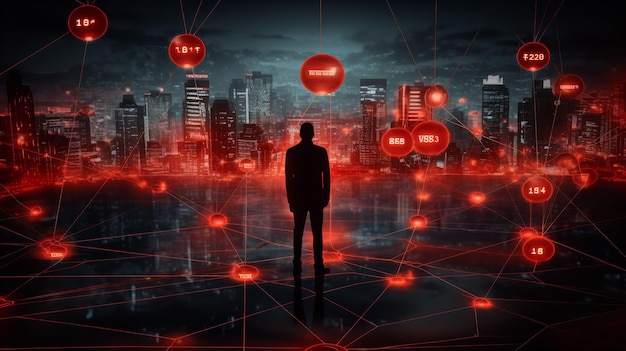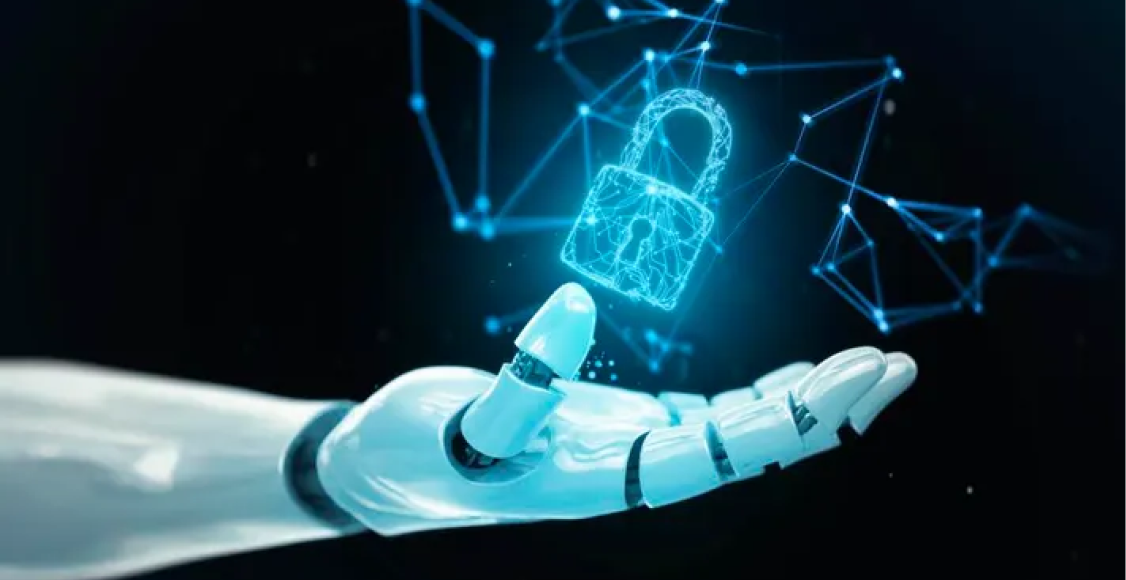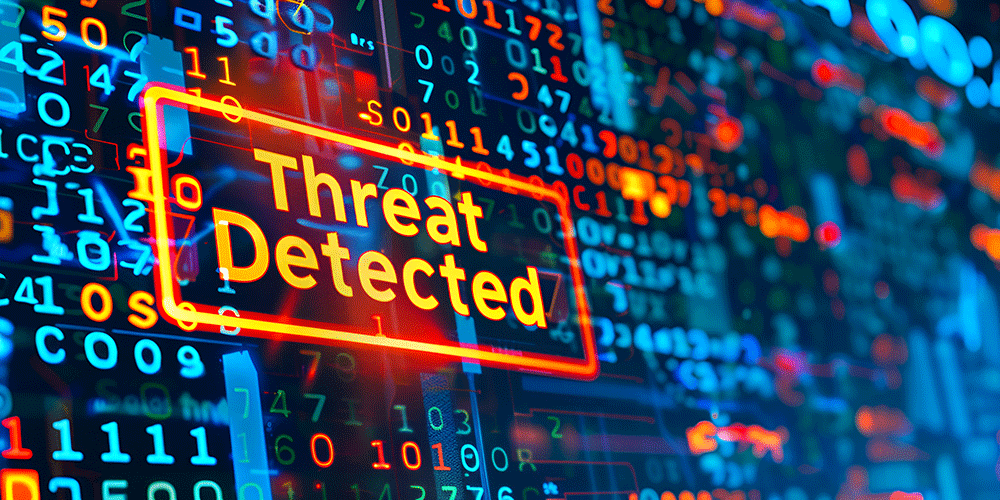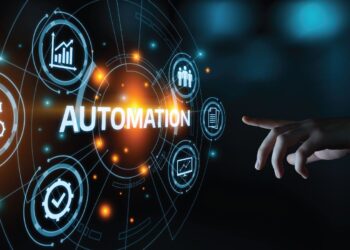In an era where digital transformation is not just a choice but a necessity, our reliance on interconnected systems has reached an all-time high. Businesses, governments, and individuals conduct their most sensitive operations online, creating a vast and lucrative landscape for malicious actors. The consequence is a relentless and escalating arms race in cyberspace. Yesterday’s security measures, once considered the gold standard, are now proving to be porous shields against the sophisticated, agile, and persistent threats of today. The evolution of cyberattacks has necessitated a revolution in our defense mechanisms. This revolution is being led by the advancement of cyber threat detectors, which have transformed from static gatekeepers into intelligent, predictive, and responsive security platforms.
This in-depth article explores the monumental shift from traditional security protocols to the next-generation systems that are defining the future of digital defense. We will dissect the core technologies driving this change, understand their operational mechanics, evaluate their impact on security teams, and look ahead to the challenges and innovations on the horizon.
The Inadequacy of Traditional Defenses
For decades, the foundation of cybersecurity rested on a straightforward principle: identify known threats and block them. This approach, primarily known as signature-based detection, formed the backbone of antivirus software and early intrusion detection systems.
A signature is essentially a digital fingerprint—a unique sequence of bytes or a known pattern associated with a specific piece of malware. Traditional antivirus software maintains a massive database of these signatures. When a new file enters the system, the software scans it and compares its signature to the database. If a match is found, the file is quarantined or deleted.
While effective against common and previously identified viruses, this method has a critical, fundamental flaw: it can only protect against threats it already knows exist. In the modern threat landscape, this is a fatal limitation for several reasons:
- Zero-Day Exploits: Attackers constantly create entirely new malware and exploit vulnerabilities that have not yet been discovered or patched by software vendors. These “zero-day” attacks have no existing signature, allowing them to bypass traditional defenses with ease.
- Polymorphic and Metamorphic Malware: Modern malware is designed to be evasive. Polymorphic viruses can change their own code to create different signatures for each new infection, while metamorphic malware can completely rewrite itself. This renders signature-based detection almost useless.
- Advanced Persistent Threats (APTs): These are not smash-and-grab attacks. APTs are sophisticated, long-term campaigns where attackers infiltrate a network and remain undetected for months or even years, slowly exfiltrating data. They use custom tools and “living-off-the-land” techniques (using legitimate system tools for malicious purposes), which do not trigger signature-based alarms.
- The Dissolving Perimeter: The concept of a secure corporate network perimeter, protected by a firewall, is outdated. With the rise of remote work, cloud computing, and Bring Your Own Device (BYOD) policies, the “network” is now distributed across countless homes, cafes, and cloud servers. Threats can originate from anywhere, making a simple gatekeeper model obsolete.
Recognizing these vulnerabilities, the cybersecurity industry knew it needed a paradigm shift—a move away from a reactive, list-based approach to a proactive, behavior-based model.
The New Paradigm: Intelligence and Proactivity
Advanced threat detection operates on a fundamentally different philosophy. Instead of asking, “Is this file on my list of bad things?” it asks, “Is this file, user, or process behaving in a way that is abnormal, suspicious, or indicative of a threat?” This shift from identity to behavior is the cornerstone of modern security.
This new paradigm is built upon several key principles:
- Comprehensive Visibility: You cannot protect what you cannot see. Advanced detectors aim to gather telemetry (data streams) from as many sources as possible—endpoints, network traffic, cloud applications, email servers, and user identity logs.
- Contextual Analysis: Isolated data points are often meaningless. The power of advanced detection comes from correlating information across different sources to build a complete picture of an event. For example, a user logging in from an unusual location might be a minor anomaly. But if that same user then attempts to access highly sensitive files they have never touched before and tries to exfiltrate them to an unknown external server, the system can correlate these events and identify a high-confidence attack in progress.
- Automation and Speed: Human security analysts, while brilliant, cannot process billions of data points in real-time. Advanced systems leverage automation to analyze vast datasets, detect anomalies, and even initiate a response in milliseconds, containing a threat before it can spread.
The engine driving this new, intelligent paradigm is a combination of powerful technologies, most notably Artificial Intelligence (AI) and Machine Learning (ML).
The Core Engine: AI and Machine Learning in Cybersecurity
Artificial Intelligence and Machine Learning are not just buzzwords; they are the computational brains that make advanced threat detection possible. They provide the ability to learn, adapt, and make decisions at a scale and speed that is impossible for humans.
How does Machine Learning work in this context?
ML models are trained on massive datasets containing examples of both benign and malicious activity. Through this training, they learn to recognize the subtle patterns and characteristics that define a threat, even one they have never seen before.
-
Unsupervised Learning for Anomaly Detection: This is one of the most powerful applications of ML in security. The system is fed vast amounts of data about a specific environment—a network, a server, or a user’s typical behavior. It learns what “normal” looks like, creating a constantly evolving baseline. Any significant deviation from this baseline is flagged as an anomaly for investigation. This could be a sudden spike in network traffic from an employee’s laptop at 3 AM, an administrator account suddenly trying to execute unusual scripts, or a server making connections to a country it never has before. This approach is highly effective at catching novel and zero-day threats.
-
Supervised Learning for Threat Classification: In this model, the algorithm is trained on labeled data—a dataset where each item is clearly marked as “malicious” or “benign.” This helps the system become incredibly proficient at classifying known types of threats with high accuracy, refining the process of identifying variants of known malware families and reducing false positives from the anomaly detection system.
The integration of AI/ML provides tangible benefits that directly address the failings of traditional systems:
- Detection of the Unknown: By focusing on behavior rather than signatures, AI-powered systems can identify zero-day exploits and novel malware strains based on their suspicious actions alone.
- Drastic Reduction in False Positives: Alert fatigue is a major problem for security teams. By learning the specific nuances of its environment, an ML model can more accurately distinguish between a genuine threat and a benign but unusual activity, allowing analysts to focus on what truly matters.
- Speed and Scale: An AI can analyze millions of events per second across thousands of devices, a task that would require an army of human analysts. This allows for detection and response at “machine speed.”
The Pillars of Modern Threat Detection Architecture

The advanced threat detection ecosystem is not a single product but a convergence of several key technologies that work in concert. Understanding these pillars is crucial to appreciating the depth of modern cyber defense.
A. Endpoint Detection and Response (EDR) The endpoint—any device like a laptop, server, or mobile phone—is often the primary target for attackers. EDR solutions are installed directly on these devices to act as a sophisticated security guard. Unlike traditional antivirus, EDR does not just scan files. It continuously monitors and records all activity and events on the endpoint, including running processes, registry modifications, memory usage, and network connections. This data is streamed to a central platform where AI can analyze it for suspicious behavior chains, known as Indicators of Attack (IoAs). If an attack is detected, EDR can automatically take action, such as isolating the infected endpoint from the network to prevent the threat from spreading.
B. Network Detection and Response (NDR) While EDR protects the individual devices, NDR focuses on the traffic flowing between them. NDR solutions analyze network traffic in real-time, including traffic moving north-south (in and out of the network) and, critically, east-west (laterally within the network). By analyzing communication patterns, packet data, and flows, NDR can detect threats that EDR might miss, such as an attacker who has already compromised a device and is now attempting to move laterally to access other systems or servers. It is exceptional at identifying command-and-control (C2) communication, data exfiltration, and reconnaissance activities within a network.
C. Security Information and Event Management (SIEM) A modern organization generates a staggering amount of log data from firewalls, servers, applications, and security tools. A SIEM platform acts as the central nervous system for this data. It aggregates, normalizes, and correlates logs from across the entire digital infrastructure. Next-generation SIEMs are infused with AI and User and Entity Behavior Analytics (UEBA). UEBA creates a baseline of normal behavior for every user and entity (like a server or printer) on the network. It can then detect dangerous anomalies, such as a user suddenly accessing sensitive data they have no reason to, or a service account behaving like an interactive user. By correlating an alert from EDR with a suspicious network flow from NDR and an anomalous user behavior alert from UEBA, the SIEM can provide a high-fidelity, context-rich alert that paints a full picture of the attack.
D. Extended Detection and Response (XDR) XDR is the logical evolution and integration of the technologies above. For a long time, EDR, NDR, and SIEM often operated in their own silos, forcing security analysts to manually piece together information from different consoles. XDR breaks down these silos. It is a unified platform that automatically collects and correlates data from a much wider range of sources, including endpoints, networks, cloud workloads, email systems, and identity providers. By applying AI and automation across this extended dataset, XDR provides a single, cohesive view of a threat campaign. It can trace an attack from an initial phishing email to a compromised endpoint, to lateral movement across the network, and finally to an attempt to exfiltrate data from a cloud server—all within one interface. This dramatically simplifies and accelerates investigation and response.
E. Security Orchestration, Automation, and Response (SOAR) SOAR platforms act as the connective tissue that automates the response process. When a threat is detected by an XDR or SIEM system, a SOAR platform can trigger a pre-defined automated workflow, or “playbook.” For example, a playbook for a ransomware detection might automatically:
- Isolate the infected endpoint using the EDR tool.
- Block the malicious IP address at the firewall.
- Disable the compromised user’s account in the identity system.
- Create a ticket in the IT service management system with all the relevant threat intelligence. This level of automation frees up security analysts from repetitive, manual tasks and enables a near-instantaneous response, significantly reducing the potential damage from an attack.
The Human Element: Augmenting the Security Analyst

A common misconception is that these advanced, AI-driven systems will make human security professionals obsolete. The reality is the opposite. These tools are designed to augment human intelligence, not replace it.
The cybersecurity industry faces a severe talent shortage. There are far more open security jobs than qualified people to fill them. Advanced threat detectors help bridge this gap by acting as a force multiplier for existing security teams. They automate the low-level, high-volume work of data collection and initial analysis, freeing up human analysts to focus on more strategic tasks:
- Proactive Threat Hunting: Instead of just responding to alerts, analysts can use the rich data collected by XDR platforms to proactively hunt for hidden threats and subtle indicators of compromise that the AI may not have flagged.
- Complex Incident Investigation: For highly sophisticated attacks, the context provided by these tools gives analysts a massive head start, but human intuition and experience are still required to understand the attacker’s ultimate motive and strategy.
- Strategic Planning: By understanding the types of threats their organization faces, analysts can work on strengthening defenses, improving security policies, and better educating the workforce.
Challenges and the Future on the Horizon
The road ahead is not without its challenges. The same AI technologies that power our defenses can also be used by our adversaries. We are already seeing the emergence of AI-powered malware and highly convincing, AI-generated phishing campaigns. This means the cybersecurity arms race will only intensify.
Furthermore, implementing and managing these complex systems requires a high level of expertise. Organizations must invest not only in the technology but also in the people and processes required to operate it effectively.
Looking forward, the future of cyber threat detection will likely involve:
- Predictive Intelligence: Systems will move beyond detecting attacks in progress to accurately predicting future attacks based on global threat intelligence and subtle pre-attack indicators.
- Greater Autonomy: We will see the rise of more autonomous response systems that can handle entire incident lifecycles without human intervention for a wider range of threats.
- Quantum’s Impact: The advent of quantum computing poses a long-term threat to current encryption standards, which will require a complete re-architecture of our security foundations.
Conclusion
The evolution of cyber threat detectors from static, signature-based tools to intelligent, AI-powered platforms represents one of the most critical advancements in modern technology. These systems, encompassing EDR, NDR, XDR, and SOAR, have fundamentally changed the defensive landscape. They provide the comprehensive visibility, contextual intelligence, and automated response capabilities necessary to combat the sophisticated threats of the digital age. They empower overburdened security teams, turning them from reactive firefighters into proactive defenders. While challenges remain and the threat landscape will continue to evolve, the continued advancement of these intelligent systems is our most promising strategy for securing our digital future in an increasingly dangerous world. The defense is no longer static; it is alive, it is learning, and it is fighting back.














